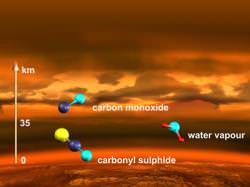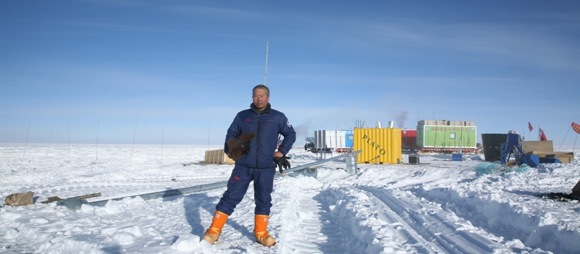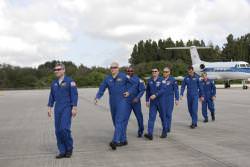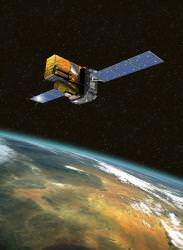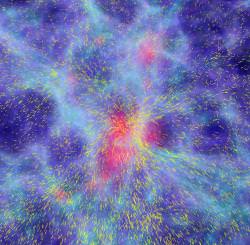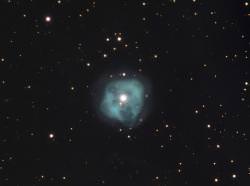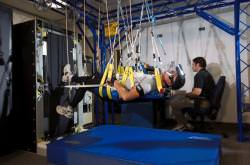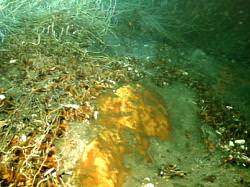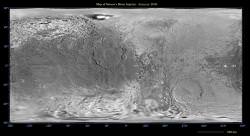As galaxies come together through successive mergers they take on the splendid spiral shape like our own Milky Way. Keep merging those larger galaxies, though, and you’ll eventually get an elliptical galaxy – a gigantic diffuse cloud of ancient stars with little structure. Such a galaxy, NGC 1132, was recently photographed by the Hubble Space Telescope.
The elliptical galaxy NGC 1132 belongs in this class of galaxies called “giant ellipticals”. And the galaxy, with its constellation of dwarf galaxies is known as a “fossil group”. They’re the remnants and wreckage from past collisions between large galaxies.
In visible light, NGC 1132 looks like a single, isolated galaxy. But using a technique called gravitational lensing to map out the surrounding dark matter, astronomers found that it resides in a huge cloud of the stuff. In fact, NGC 1132 has as much dark matter as you might find in a group of tens or even hundreds of galaxies.
And once again, in visible light, its stars extend 120,000 light years from its centre. But in the X-ray spectrum, the glow extends 10 times as far – again, similar to a group of galaxies.
So where do fossil groups like this come from? Astronomers think they’re the end product of cosmic collisions, where a single large galaxy consumes all of its neighbors. It’s also possible they’re the result of a strange process, where something stopped moderate galaxies from forming, and only a single large galaxy came together in that region of space.
By analyzing galaxies like this, astronomers will get a better sense of galaxy evolution. It’ll help predict what’s going to happen when the Milky Way and Andromeda collide billions of years in the future.
Original Source: ESA/Hubble News Release


